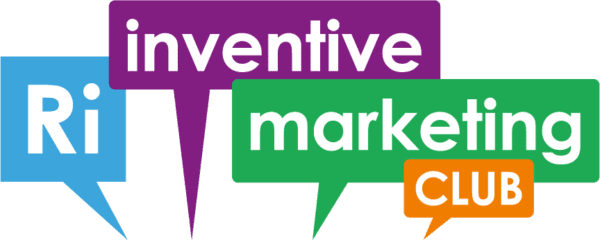How to improve your website content and structure with an aim of getting to page one in Google.
Notes
What is Search Engine Optimisation (SEO)?
Making changes to your website that you know (or believe) will gain a higher position in search engine results for a given keyword search
There are many search engines We’ll focus on Google:
Why people search
- Do something e.g. ’camping france’
- Know something e.g. ’how to fix washing machine’
- Go somewhere e.g. ’facebook’
First five results get 68% of clicks
Desktop & mobile ranking position CTR 2014 data from Moz.com
Terms you should know
- SERP – Search Engine Ranking Position
- Snippet – Information on a Google search result
- Impression – How often your snippet shown
- CTR – Click Through Rate. Number of clicks compared to impressions
- Keyword – A phrase used to find something online
- Long tail – A long and specific keyword phrase
- Keywords and how to find them
- What keywords do people use to find services like yours online?
- Keyword examples: “accountant” “cirencester accountants” “accountants in cirencester” “how to prepare end of year accounts”
Google Trends for simple comparison
- Broad, simple keywords
- Keyword Research
- Google Keyword planner for advanced searches
- Related searches on Google
Create content that search engines will love and people will share
- Find the best keywords to rank for
- Find out who else is ranking for them
- Create content that’s better than those pages
- Meta Descriptions: Writing a snippet is a great way to start writing content
- Blog Content
- Help Content
- Content Checklist
- Must have keyword on the page
- Keyword order and spelling often matter
- Content of page must be relevant to keyword
- Avoid ‘thin’ content. Write enough to answer the question
- Write for people not search engines
- Page structure development
- Link to main pages Adding keywords to images Simple URLs
- Link to page on your site <a href=“/bookkeeping/”>Bookkeeping</a>
- Link to a page not on your site <a href=“http://website.com/”
- rel=“nofollow”> A link to another site
- Add no follow if you don’t want to pass any Google SEO credit
“If you create a page on a keyword that is 10x better than the pages being shown in search results (for that keyword), Google will reward you for it, and better yet, you’ll naturally get people linking to it!”
https://moz.com/beginners-guide-to-seo/on-page-seo
Images
- Describe the content of the image in text <img src=“tabby-cat-in-wicker-basket.jpg” alt=“A tabby cat in a wicker basket”/>
- Add keywords in if you can. Can then show up on image search
- Short and human readable i.e. /blog/how-to-fix-washing-machine’
- Use hyphens ‘-‘ not spaces
- Yoast SEO WordPress Plugin
Getting linked
- Links from other websites (often called backlinks) can be most beneficial
- Self created
- Links by you to other sites e.g. directories
- Natural: Referenced by another website because your content is awesome
- Manual outreach: Asked for the link or guest blog post
Do Measure Repeat
Use Google Search Console to track performance Tweak site slowly to look for improvements
- GSC performance
- SERP listings
- Page errors and indexing issues
Other Important factors
- Site speed. Less than one second
- Mobile friendly
- Engagement / Long click
- Reviews and ratings (structured data)

